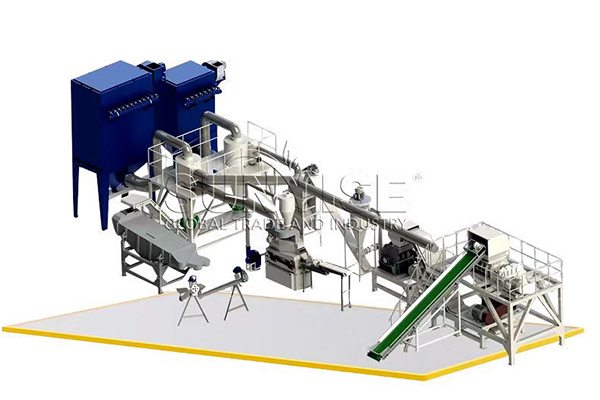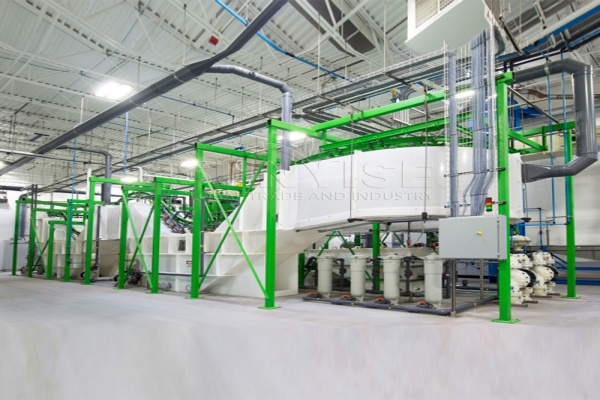Ictivelizationslọ Ọrụ Ictification emeela ihe mepụtara nke ọtụtụ ngwaọrụ eletriki na kọmputa ndị mere ka ndụ anyị dị mfe. Nke a emeela ka mmụba na mkpofu elektrọnik (e-mkpofu). N'ime 2019, Ọgbọ zuru ụwa ọnụ nke e-n'efu 53.6 nde tọn, ọ na-atụ anya iru 74 nde Tọn site na 2030. N'ime 2019, Eshia, Amerika, Europe na-emepụta 50 nde nke E-mkpofu, Ọ bụ ezie na Africa na Oceasia mepụtara 2.9 nde tọn na 0.7 nde tọn, dika ikosanye ugwu. So, Ihe a na-atụle? Ọ bụrụ na ị nwere mmasị, Biko gaa n'ihu na-agụ.
Kembu, Lelee vidiyo a. Ị nwere ike nweta nghọta nke ọnọdụ e-bela ......
Nkọwa nke E-mkpofu

Elektrọnik, A na-akpọkarị dị ka E-mkpofu, enwetala nlebara anya na-abawanye na afọ ndị na-adịbeghị anya maka mmekọrịta ọha na eze, environmental and economic impacts. With the rapid development of electronic devices and consumers constantly upgrading their electronic products, the amount of e-waste generated has surged.
E-waste announced by the European Commission includes discarded electronic and electrical equipment. This type of waste includes a variety of technological products that have exceeded their service life or are inefficient. Electronic devices contain harmful elements and, unlike ordinary garbage generated in cities, they pose a major threat to ecosystems and human health.
Many countries, especially developing countries, lack the infrastructure to properly handle and recycle e-waste, leading to environmental and health risks caused by improper e-waste disposal. Currently, many people use dangerous methods such as open burning, landfilling, open dumping, informal dismantling and manual recycling. These practices pose a significant risk to public health. In order to avoid the high cost of proper disposal, many developed countries choose to export e-waste to developing countries such as India and Africa. These countries are currently struggling with the problem of insufficient infrastructure for e-waste management.
What are the recyclable e-wastes?
Lithium batteries
Because lithium batteries contain a lot of reusable materials:
Lithium: Lithium is a key component of lithium batteries, and recycled lithium can be used to make new lithium batteries. Ọmụmaatụ, in electric vehicles and portable electronic devices, the recycling and reuse of lithium is essential to reduce raw material costs and ensure the supply of lithium resources.
Cobalt: Many lithium batteries contain cobalt in the positive electrode materials, such as lithium cobalt oxide (LiCoO₂). Cobalt is a rare and expensive metal, and recycled cobalt can be reused in the battery manufacturing industry, reducing dependence on newly mined cobalt resources.
Nickel: Some lithium batteries (such as nickel-cobalt-manganese oxide (NCM) batteries) contain nickel. The recycling of nickel helps to recycle resources, and in the production of new batteries, recycled nickel can meet some of the raw material needs.
Copper and aluminum: Copper and aluminum are usually used in the casing and electrode connection parts of lithium batteries. These metals can be purified through recycling processes and then reused in electronic equipment manufacturing or other industrial uses.
Recycling methods:
Lithium batteries recycling production line Includes steps such as disassembly, crushing and screening. Kembu, disassemble the waste lithium battery, separate the shell, electrode and other parts, then crush the electrode material, and separate copper, aluminum and other metals by screening and magnetic separation.
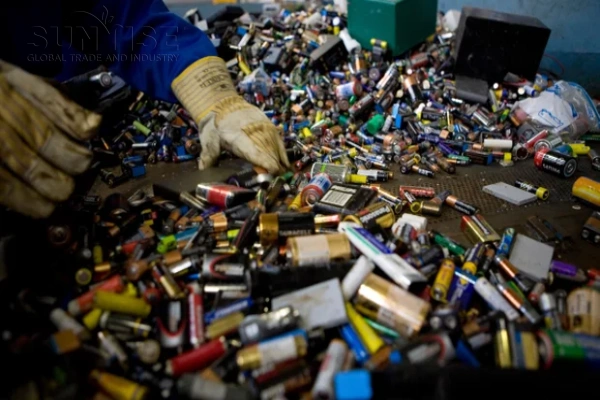

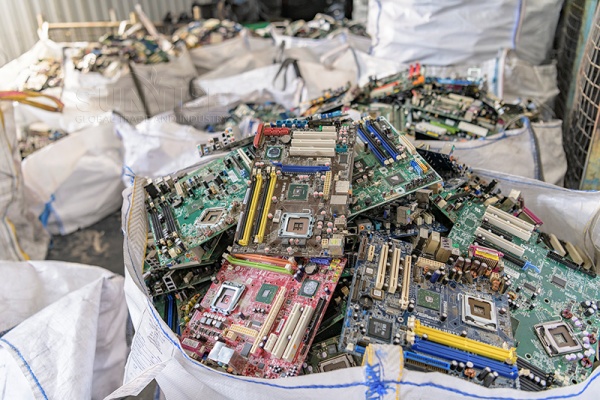
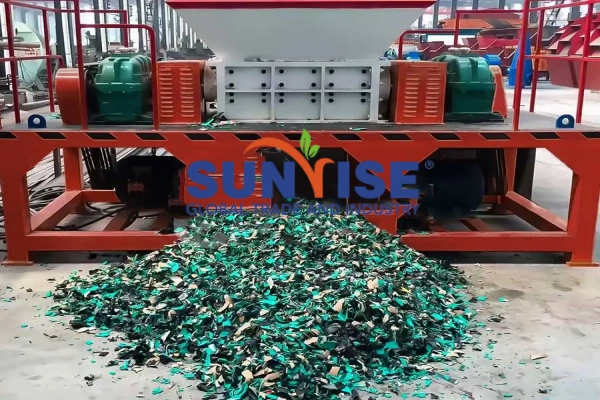
Circuit board
Recycled materials:
Precious metals: Circuit boards contain precious metals such as gold, silva, and platinum. Gold is mainly used for pins, contacts and connection parts of some high-precision electronic components on circuit boards because it has good conductivity and corrosion resistance. Silver is often used in circuit boards and some components such as capacitors. Ọla kọpa ndị a dị oke ọnụ ahịa nwere ike idozi ya na ụlọ ọrụ dị ka mkpokọta elektrọnik ma ọ bụ ọla.
Metals na-abụghị ndị na-adịghị ala: Mpempe ọla kọpa kacha mkpa na-abụghị ndị na-enweghị isi na bọọdụ sekọndrị ma na-eji mee ka sekit na ijikọ wires nke igwe eletriki dị iche iche. Enwere ike iji ọla kọpa mee ihe iji mee wires ọhụrụ, Igwefoto na igwe eletriki. Na mgbakwunye, Bọọdụ Coukit nwekwara obere ego nke tin, nke eji eme ihe eji eme ihe eji eme ihe. Enwere ike iji tin ike nke ọma ọzọ na mmepụta nke ihe eji eme ihe.
Ochie mital: Dị ka tantalum, nke eji eme ihe na ihe ndi ozo di elu na bọọdụ sekọnd. Ntugharị nke Tantalum na-enyere aka na-enyere akụkụ nke ihe eji achọta ihe ndị dị ụkọ na ụlọ ọrụ eletriki n'ihi na ụlọ ọrụ Tantalum dị ụkọ.
Circuit board recycling method:
Kembu, disassemble the circuit board to remove large components, and then break the circuit board into small particles. Then use physical sorting methods such as gravity sorting, magnetic separation and electrostatic sorting to separate different metals and non-metallic materials.
Solar panels
Recyclable materials:
Silicon: Silicon is the main material of photovoltaic panels, especially in crystalline silicon photovoltaic panels. Recycled silicon can be reused in photovoltaic panel manufacturing after purification and other processes, or used in other semiconductor-related industries.
Silver: The electrode part of photovoltaic panels usually contains silver, which is used to collect and conduct current. Enwere ike iji ọlaọcha emegharị emegharị ma ọ bụ akụkụ nke ngwaọrụ eletrik ndị ọzọ.
Aluminom: A na-ejikarị etiti PhotovOvOvOvOvOvOvOvOvOvOvOvOvOvOvOvOvOvOvOvOvum, A ga-eji aluminom emegharị emegharị emegharị emegharị ọhụrụ na-eme ọhụụ ma ọ bụ ngwaahịa alumino ndị ọzọ.
Glaasi: A na-eji iko panel nke Photovtaic. Enwere ike iji otu iko emegharị eme ihe dị ka ihe dị ka iko ụkpụrụ na iko na-acha odo odo mgbe ihicha na nhazi.
Olee otú recycle mkpofu:
Kembu, Jiri Mpempe Elu na-ewepu Phokovoltaic Pertovoltaic na mpaghara ndị dị ka iko, Aluminom na sel batrị. Mgbe ewepụchara iko ahụ, A na-esite na piatovorsotsaic panel. The silicon wafers separated from the battery cells are first crushed and ground into smaller particles or powders, and then screened using screening equipment to filter out silicon, kopa, and EVA glue.
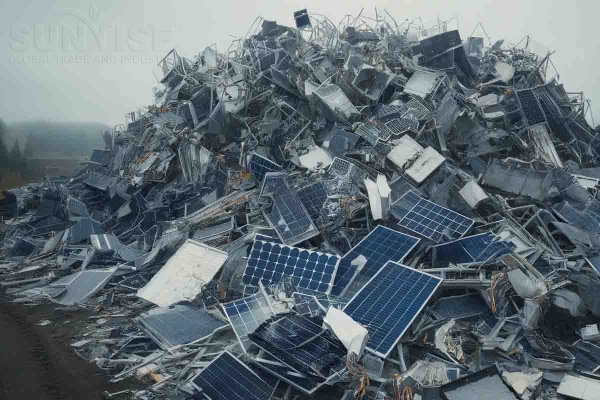

Policies for electronic waste recycling
Let’s take some countries as examples!
| Country | Policy | Outcome | |
| 1. | United States | State level E-waste Laws | Approach towards minimized inconsistent recycling and illegal dumping |
| 2. | Germany | Extended Producer responsibility (EPR) | High rates of recycling, with reduced illegal dumping |
| 3. | Sweden | Producer responsibility with fees | Effective collection and recycling system |
| 4. | Chaina | National E-waste Recycling program | Efforts to formalize the recycling sector, and reduction of environmental pollution |
| 5. | India | E-waste Management rules 2016 | Towards implementation and development of compliance |
Summary
The mountains of discarded electronics are not only an eyesore, but also a potential concern for our health and our planet. N'otu oge ahụ, electronic waste recycling has great potential because it is able to extract valuable metals, which are present in higher concentrations in electronic waste than in their natural sources. Na mgbakwunye, the technology of different electronic waste recycling methods optimizes the efficiency and cost-effectiveness of these methods. These methods involve electronic products such as circuit boards, photovoltaic panels, batrị LOTIET, wdg.
There is still a lot of work need to do to develop sustainable and efficient electronic waste management solutions. As a professional e-waste recycling machine manufacturer, SUNRISE is also working hard to cope with the growing problem of e-waste management. SUNRISE’s e-waste recycling production lines are helping lots of clients to save resources and generate economic benefits. N'otu oge ahụ, we will adjust the proposal according to the situation of the customer’s country to ensure that every customer can get the most efficient electronic waste recycling production line.
So, please do not hesitate to kpọtụrụ anyị, we’ll give you advice from a professional perspective.
Kpọtụrụ anyị
